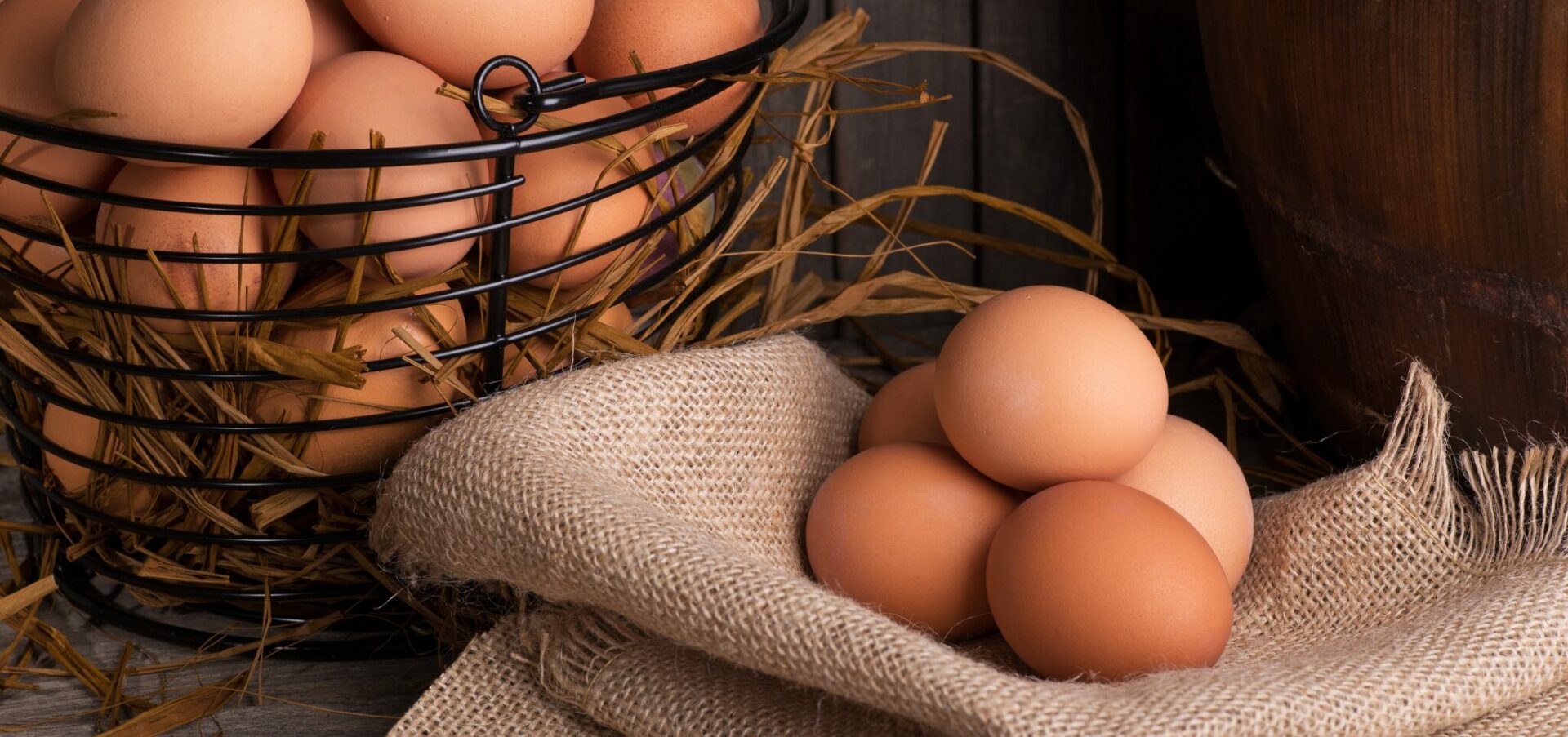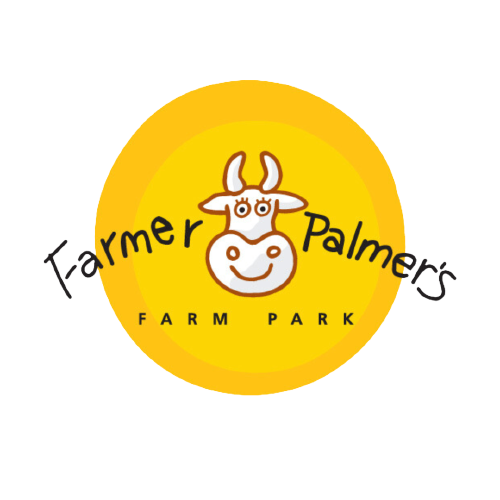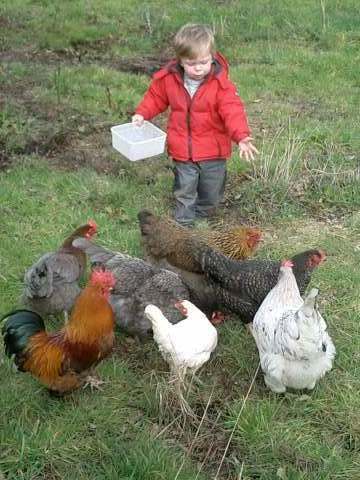
What’s the difference between Organic and Free-range Eggs, we hear you ask when looking at our beautiful Free-Range eggs in our shop. They are laid by our chickens, here on the farm, so we know they are great quality. How? We aim to incorporate as many Soil Association goals as possible for our chickens. Our chickens are well cared for, we know what they eat, what we feed them and all about their personalities and welfare.
What makes the difference between Organic Eggs and Free Range?
To produce organic eggs you must attain the Soil Association standards. The criteria covers housing, the amount of space animals have, the way they are treated, what they are fed and how they are transported.
- Organic hens get 10m2 of pasture per bird.
- Inside the houses, a maximum density of 6 birds per m2 is permitted.
- Flocks can be no larger than 2,000, and can be as low as 500.
- No routine use of antibiotics.
- Organic hens will not be subjected to beak trimming.
- No GM feeds fed to organic chickens.
What is a free-range egg?
According to Compassion in World Farming, about 50% of all eggs produced in the UK are free-range, compared to 3% that are organic.
- Free range hens have unlimited daytime access to runs that have vegetation.
- Each bird has access to outside space.
- At night, free-range hens are housed in there own lodges, furnished with bedding and perches or slats.
How do our Free Range Eggs compare with Organic Eggs?
To guarantee a healthy treat Farmer Palmer’s hen care includes:
- Trim beaks or use antibiotics in our birds who produce eggs.
- Regular checks that our birds have plenty of water.
- We feed a mixture of layers pellets for breakfast and mixed corn in the afternoon.
- No nasty artificial chemicals.
- We believe in a holistic ethos that encompasses a profound respect for our livestock, as well as the land.
What breeds of chickens lay which coloured eggs?
Chicken tend to have a laying cycle, which is normally during spring and summer. Different breeds lay different coloured eggs, for example;
- Olive to Blue eggs – Cream LegBars
- Dark Brown – Marans or Welsummers
- Speckled eggs – Sussex (speckled and light)
- Cream Egg – Buff Orpington
- Pale brown – Warrens
Chickens stop laying when days get shorter and nights get longer. They start again in springtime. On average a chicken lays 320 eggs in a season.
At the end of Summer, chickens usually go into natural moult, losing feathers and generally looking very scruffy whilst new feathers grow. This is an annual process.
Farmer Palmers Takes Animal Care Seriously.
- Hunger and Thirst by ready access to fresh water and diet to maintain health and vigour.
- Discomfort by providing an appropriate environment including shelter and a comfortable resting area.
- Pain, Injury or Disease by prevention or rapid diagnosis and treatment.
- Express Normal Behaviour by providing sufficient space, proper facilities and company of the animal’s own kind.
- Fear and Distress by ensuring conditions and special treatment will avoid mental suffering.
Beak Trimming can be avoided
Beak trimming is routinely performed on laying hens in the UK but fortunately prohibited under Soil Association Organic standards. We are not organic but agree wholeheartedly this painful practice is not welcome here. There is no need. Hens only feather peck if overcrowded and prevented from expressing their natural behaviour. We agree a happy hen is a hen that can forage, ground scratch and dust-bathe, which is their basic natural need.
We love our hens!
It seems like a no-brainer to us: happy hens lay better eggs – and eggs that you can feel reassured about eating.















